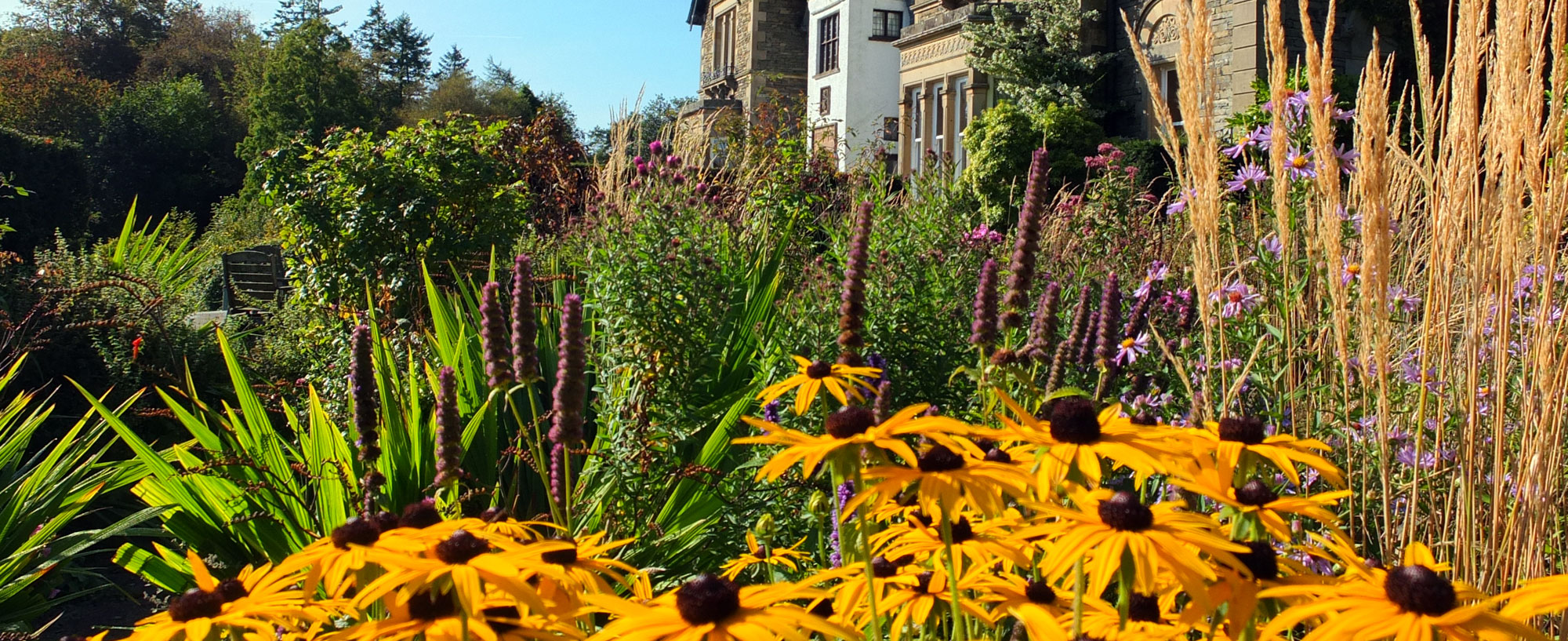As autumn matures all one’s energies turn to gathering fruit, raking leaves and putting the garden to bed. It is a time for goodbyes – the last mowing of the grass, the last swallow or the last crop of French beans. It is when the late flowers in the garden are particularly precious, not only to us but also the crowds of insects that throng them on those rare warm days when the sun shines and time seems suspended. Hoverflies, butterflies and all manner of bees – from bumble, to honey to solitary – crowd to the sweet nectar on offer. Simple flowers with open petals that do not conceal the pollen-rich stamens and nectaries are the most beneficial to insects, for instance Dahlia ‘Bishop’s Children’ which flower in the autumn from a spring sowing. It hard though not to love the luscious, multi-petalled ‘David Howard’, one of our stalwarts, with its golden flowers and deep purple foliage. Dahlias are hard work here in the wet north-west as they are beloved of slugs. Our most successful method of control has been to grow the dahlias in pots rather than the open ground and wrap each pot with a band of copper tape.
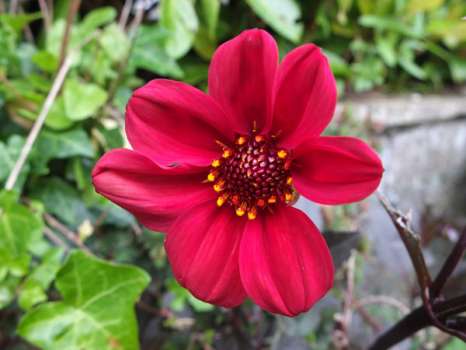
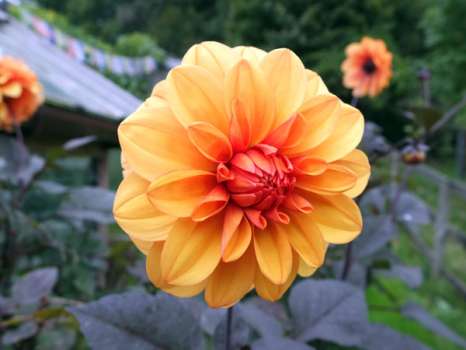
This autumn we’ve had a wonderful showing of Joe Pye Weed , Eupatorium maculatum, a cousin of the British native Hemp Agrimony. Tall sturdy stems with a purple hue are crowned by open panicles of tiny pinky-purple flowers. On sunny days there were honeybees, red admiral, tortoiseshell and painted lady butterflies, and many hoverflies crawling over and probing into the tiny florets. This is a good garden plant for us as it thrives in damp soil.
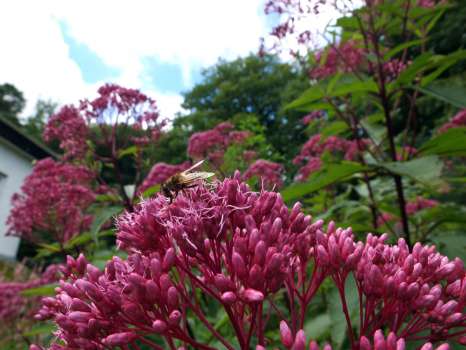
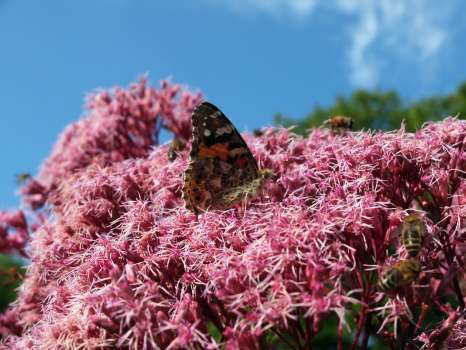
In our patio clumps of the perennial Rudbeckia hold their faces to the sun and lusty stands of Michaelmas daisies flower freely, attracting butterflies. Not forgetting annuals, the humble Cosmos sown from seed in the spring never fails to delight, adding pastel touches to the brighter flowers and hovering in clouds of ornamental grass panicles. These flowering grasses provide a natural-looking setting for the autumn blooms after many of the summer perennials are laid low.

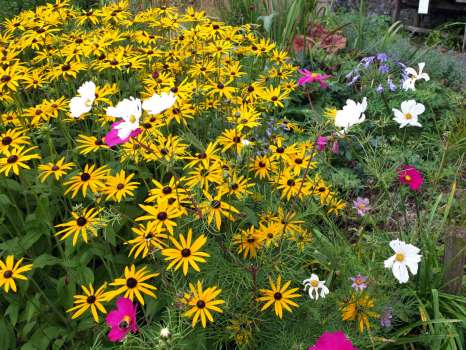
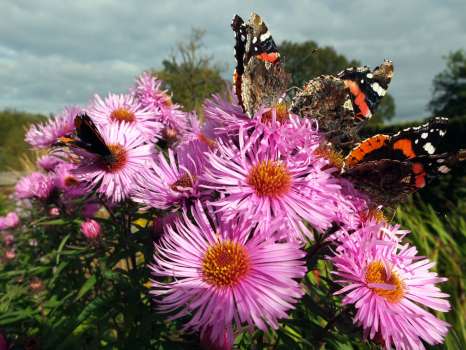
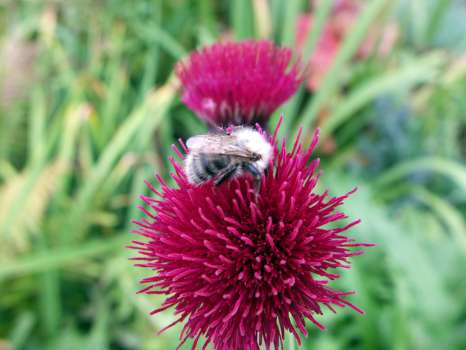
Go back to all blog posts or read the next entry in our blog here →
You can also read the previous blog post here.
